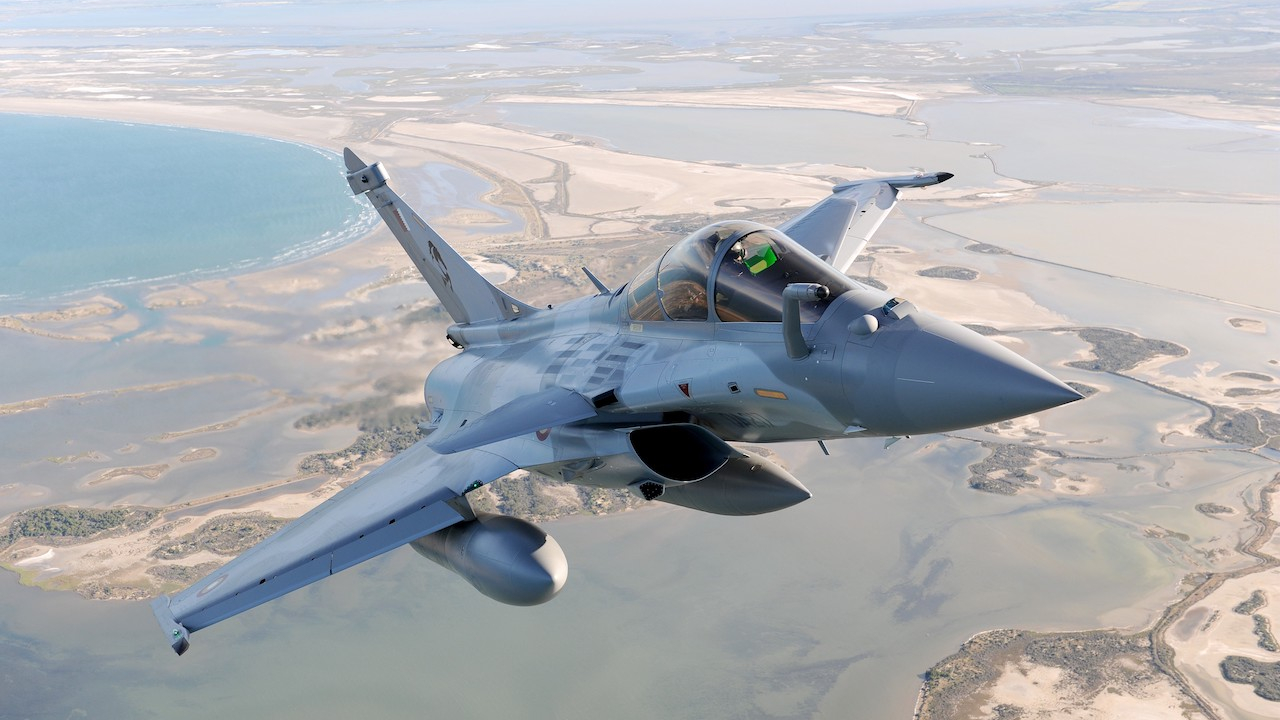Expect a following wind on Typhoon sales

Typhoon has already broken into the
There are market opportunities elsewhere, too, initially in
Eurofighter GmbH CEO Enzo Casolini was bullish: “For Eurofighter we target 300 global export contracts. In the
Peter Anstiss, business development director at BAE Systems, said his company’s analysis suggested that 900 aircraft in the high-end combat aircraft class would be purchased around the world in the next 15 years, at a total price of about £90bn.
He pointed out that this total excluded nations where it was unlikely that authorisation to sell would be received and others that had already made commitments elsewhere. Within that, Anstiss said that Eurofighter’s determination was: “to achieve a significant market share with what is a now proven product”, predicting, “I’d like to think conservatively, that in excess of 200 Typhoon aircraft can be sold.”
Not content to rest on the existing sales in
Anstiss said selling fighter aircraft into the
“In many ways that’s a strength as it means that if opportunities arise, we’re not bound by the same ten-year cycle of decision making that some countries demand, and if we, as industry, are sufficiently fleet of foot, we can respond to those customers’ need as they arise.
“The important thing for us is to work closely with our current and potential customers, understand their requirements and make sure that we put forward attractive proposals that are compliant with the cost and inward investment and operational requirements.”
Anstiss sees the four-nation Eurofighter consortium as a real advantage when it comes to selling Typhoon, allowing the programme to draw on the substantial human, technical and technological resources of what he calls “four leading players in Europe – companies of great standing in the sector – EADS in Spain and Germany, Alenia and Finmeccanica in Italy, and BAE Systems in the UK”.
He is also quick to point out that a combat aircraft programme can be a catalyst for political and military relationships and that the Typhoon programme, in particular, is one that has already demonstrated its capacity for allowing governments with common defence interests to get together, strengthening the ties between customer air forces, while enhancing co-operation and encouraging shared doctrine and training. He pointed to the strong relationship between the UK Government and the Government of the
Anstiss believes that, in what he refers to as “the worst case of a regional conflict”, operating Typhoon enables interoperable air forces, with common, interoperable equipment to work together more effectively in a coalition. “This is already a very important strength for the four nations that underpin the Eurofighter Typhoon programme but it also offers real opportunities and advantages to export customers.”
Though he admits that the Eurofighter partner companies are governed by stringent regulations and are compliant with all of the national and international regulations that apply to exporting military hardware, he claims that “one of the things that we do more readily from Europe, and we have a proven track record here, is to form international joint ventures to share technology”.
And this is not, he insists, always a one-way street. “There are plenty of examples of where we’ve entered into collaborative programmes on defence activities and the flow of information and technology has been in two directions, not just a transfer from (say) the
Anstiss insists that the Eurofighter partners “take this very seriously”.
From his BAE Systems background, Anstiss is keen to highlight the strong long-term relationships forged with Hindustan Aeronautics Ltd, that will culminate in the full local licence production of a modern training aircraft. “That’s a good example that we can replicate with Eurofighter Typhoon,” he said.
“We are committed to forming joint ventures with companies; we look at shared technology, we look at positioning our company (and I can only speak for BAE Systems here) as a tried and trusted partner in the region.”
Stay up to date
Subscribe to the free Times Aerospace newsletter and receive the latest content every week. We'll never share your email address.

